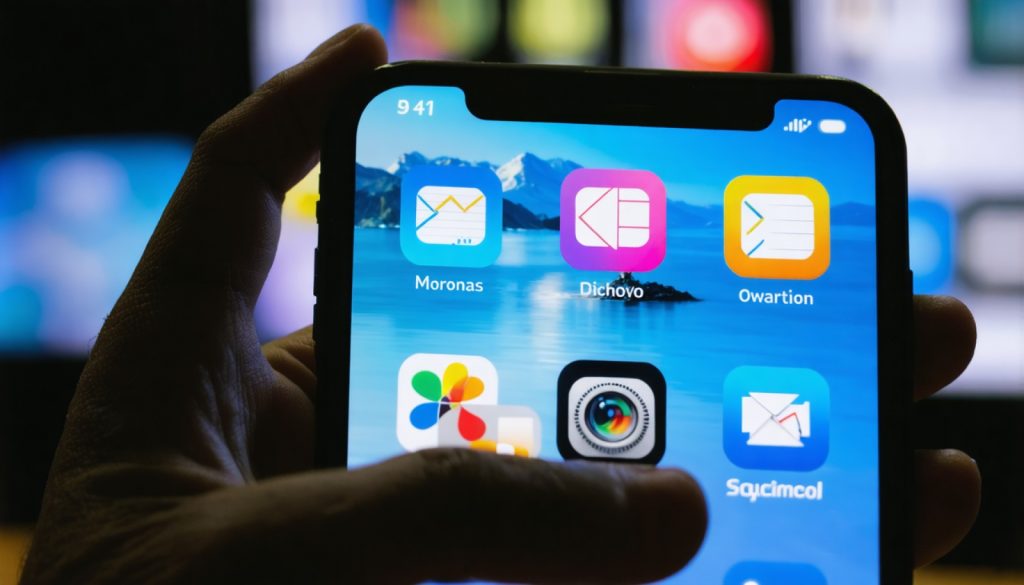
- Mobile apps are vulnerable targets for cybercriminals, storing sensitive data such as location, financial details, and personal information.
- 82.78% of iOS apps track private user data, presenting significant privacy concerns.
- Cyber threats exploit app vulnerabilities through API calls and background syncing, often undetected by traditional security measures.
- AI technologies in cybercrime allow attackers to override security features, posing advanced threats to app users.
- Telemetry data leaking from apps can reveal digital footprints, bypassing conventional fraud detection methods.
- Security efforts often focus on backend servers, neglecting the need for robust in-app protections.
- An integrated security approach combining in-app and server-side measures is essential for comprehensive protection.
- As awareness increases, demand for stronger built-in security within mobile apps continues to rise.
Mobile apps, those ubiquitous little icons that pepper our screens, have quietly morphed into treasure troves of private data. From tracking our location to monitoring our spending habits, they hold intimate details of our lives. Yet lurking beneath their colorful facades is a sinister reality: they are soft targets for cybercriminals.
An astonishing 82.78% of apps on iOS alone track private user data, echoing a chilling finding by Exploding Topics. These apps become prime targets because they harbor valuable information such as contact details, financial data, and personal preferences. As smartphones have become extensions of ourselves, they offer a goldmine for those with malicious intent.
The vulnerabilities within mobile apps go beyond simple data breaches. Invisible entry points like API calls and background syncing can be exploited before traditional security measures even raise an alarm. This is compounded by the fact that most users, often unaware, broadly grant permissions—opening the door wide for malicious activity.
The rise of artificial intelligence in cybercrime has only exacerbated these vulnerabilities. AI enables fraudsters to bypass security features like multi-factor authentication, manipulate data, and hijack transactions with unsettling ease. This high-tech tool essentially democratizes cybercrime, lowering barriers for would-be attackers.
As T. Frank Downs, a cybersecurity director based in New York City, illustrates, mobile apps bleed personal data with little resistance. Everything from device locations to unique device identifiers leaks out, tracing a person’s digital footprint across platforms seamlessly.
This flood of telemetry data doesn’t even ping on the radar of traditional fraud detection tools. Threat actors don’t need to infiltrate on a grand scale—they only need to siphon off the continuous stream of metadata that apps unwittingly emit. This nuanced method enables them to infer routines and identify individuals, all while bypassing conventional defenses.
The focus of security efforts often skews towards protecting backend servers, where the bulk of user data resides. Yet, this leaves a glaring oversight: the apps themselves. Effective security needs a blend of server-side and in-app protections to thwart attacks before they penetrate deeper into the ecosystem.
As responsibility blurs between protecting the user endpoint and the server backend, an integrated approach becomes essential. In-app protections that prevent tampering and anticipate runtime attacks are becoming crucial appendages to traditional backend defenses.
The fight for mobile security is ongoing, and much needs to be done to safeguard the intimate details these apps hold. As users become more informed, demand for stronger, built-in security measures increases. Until then, every tap, every swipe remains a potential opening for exploitation.
How Mobile Apps Are Becoming a Goldmine for Cybercriminals
Understanding the Risks
The growing dependency on mobile apps introduces significant vulnerabilities, making them attractive targets for cybercriminals. These apps collect a vast array of personal data, including location, financial information, and browsing habits. The problem is exacerbated by the fact that many apps are designed with insufficient security measures to protect this sensitive information.
Key Vulnerabilities:
1. Data Collection and Tracking: According to Exploding Topics, 82.78% of iOS apps track user data. This tracking happens often without explicit user consent, placing users’ privacy at risk.
2. Invisible Entry Points: API calls and background syncing are often exploited. These vulnerabilities allow hackers to bypass traditional security mechanisms unnoticed.
3. Broad Permission Requests: Many apps request wide-ranging permissions, from accessing contacts to using location data, opening the door to potential data misuse.
4. AI in Cybercrime: The use of artificial intelligence by cybercriminals allows them to evade protective measures like multi-factor authentication, making fraud more accessible and widespread.
Security Measures and Recommendations
To mitigate these risks, it’s essential to implement robust security practices at both the app and server levels:
1. Enhance In-App Security: Strengthen the app’s defenses by incorporating features such as code obfuscation and runtime application self-protection (RASP). These techniques can help prevent reverse engineering and mitigate runtime threats.
2. Utilize End-to-End Encryption: Encrypt data both in transit and at rest to protect it from unauthorized access.
3. Strict Permission Management: Encourage users to regularly review and manage app permissions, ensuring that apps only have access to necessary data.
4. Continuous Monitoring and Updates: Regularly update apps to patch security vulnerabilities and monitor for anomalies in data transmission patterns.
5. Adopt Zero Trust Architecture: Implement a zero-trust framework, assuming that threats could come from both inside and outside the network, and verify every request directly.
Real-World Use Cases
Security-aware companies are increasingly adopting comprehensive approaches to secure their mobile apps. For instance, financial institutions such as banks have begun implementing biometric authentication and employing machine learning algorithms to detect fraudulent activities in real time.
Market Trends and Forecasts
As mobile security becomes a growing concern, the cybersecurity market is evolving rapidly. According to a report by MarketsandMarkets, the global mobile security market size is expected to grow from USD 3.4 billion in 2020 to USD 7.3 billion by 2025, at a Compound Annual Growth Rate (CAGR) of 15.8%. This growth is driven by the increased adoption of mobile devices and the need for robust security solutions.
Controversies and Limitations
Despite advances in mobile security, controversies persist over data privacy and the ethical use of AI in cybersecurity. There are also limitations to current technologies, which may not fully prevent sophisticated attacks. Users must remain vigilant and proactive in securing their data.
Actionable Tips
1. Educate Yourself: Stay informed about the latest security threats and trends.
2. Use a VPN: Protect your online privacy by using a virtual private network (VPN) on your mobile device.
3. Enable Multi-Factor Authentication: Add an extra layer of security where possible.
4. Be Mindful of App Permissions: Only grant permissions that are necessary for the app to function.
5. Regularly Audit Your Apps: Remove unnecessary apps and keep your software updated to minimize potential vulnerabilities.
For further information and strategies to enhance your digital security, visit the National Cyber Security Centre’s website at NCSC.
By integrating these practices, users can better protect themselves from potential threats lurking within mobile apps and navigate the digital landscape more safely.



